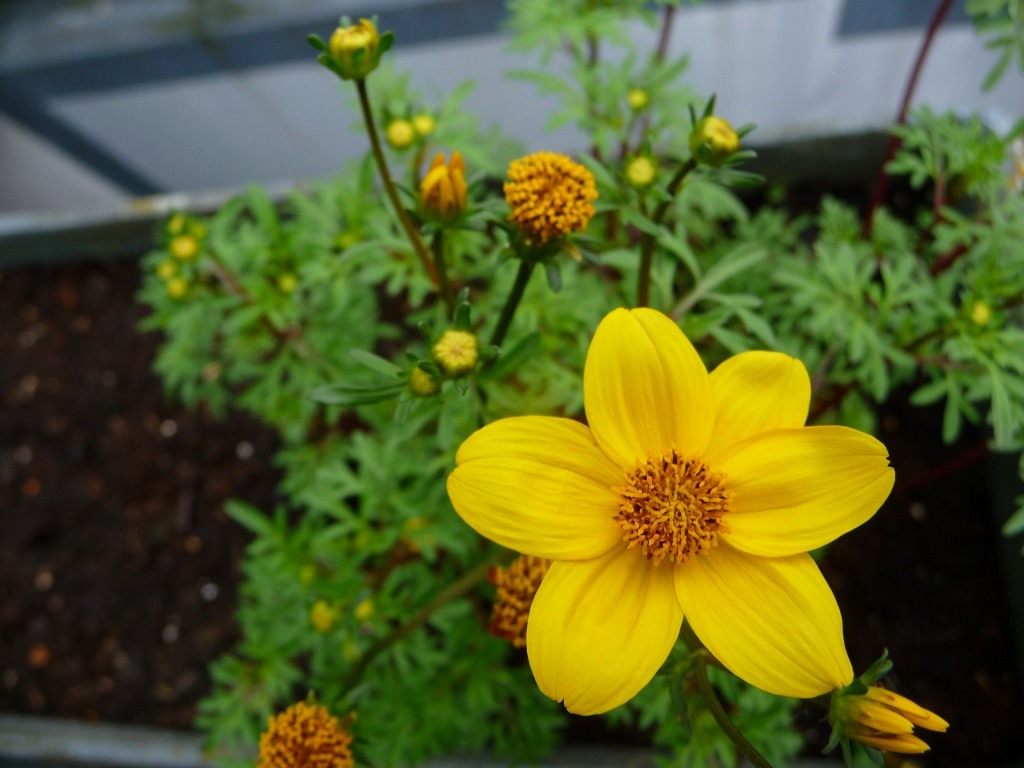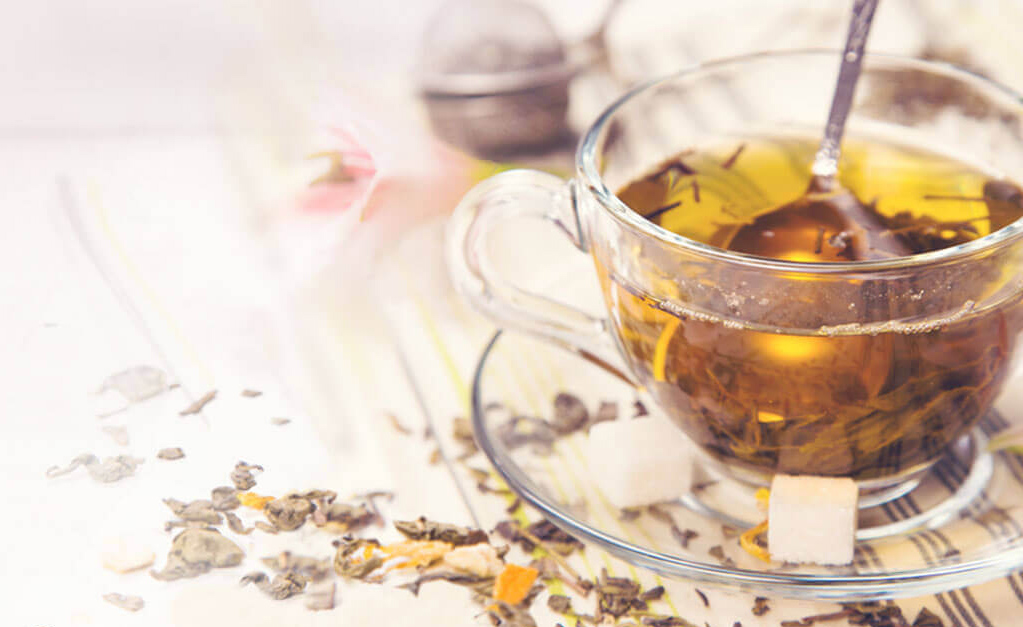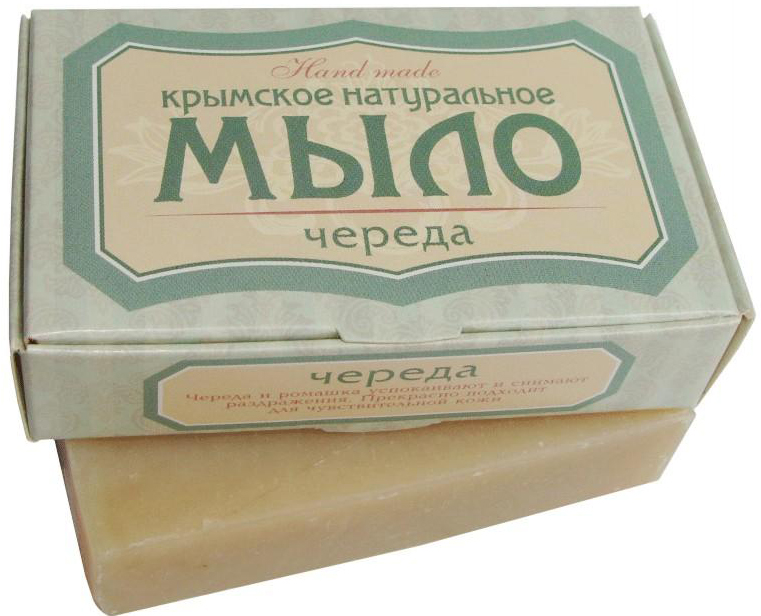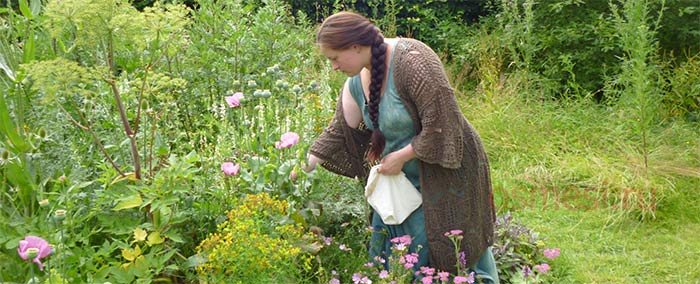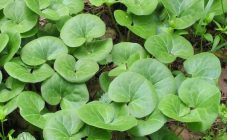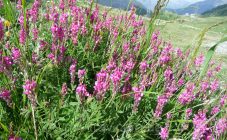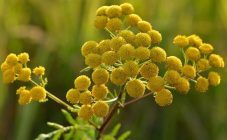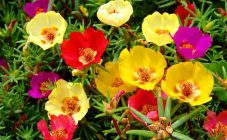The train is a herbaceous plant that does not differ in remarkable flowering; several species grow in Russia, but for phytotherapeutic purposes only the leaves and buds of the tripartite train are used.
Description of culture
The thermophilic annual is distributed throughout Russia, except for the northern regions, as well as in Ukraine and Belarus, it is present throughout the Italian Alps and other European territories. Grows in swamps and close to water bodies, loves warm, humid environments.
The main regions for the procurement of raw materials are currently the Stavropol and Krasnodar Territories.
The tripartite series - Bídens tripartíta, translated from Latin means “two teeth”, so named for the structure of the fruit, which is a flat seed with two notches that are easily detached from the plant, attached to clothing, animal hair and transported over long distances. The seeds are also spread by ants, which are attracted by the edible parts of the seeds.
Fruits ripen at the end of September. The name tripartíta is given to the plant for its leaf structure. The leaf of a tripartite series is dissected into three parts, the middle part of which is larger and longer than the two lateral ones. The edges of the leaves are serrate-toothed, located opposite each other.
Other popular names, for example, as "swamp arrow", are due to the peculiarities of growth or the way the grass looks like: goat horns, choke grass, trailer.
Varieties
There are about two hundred species of the series, many of them grow in South America. In Russia, in addition to the three-part series, there are drooping and radial.
In addition to wild plants, there are decorative plant species. The feruloliferous succession, or Bidense, is used as a pot or container culture. Plant breeding began in 1992. Biden's leaves are strongly dissected, deep green in color. The bright small flowers are star-shaped and are rich in yellow in most varieties. The plant is not capricious, tolerates drought and temporary cooling, not demanding on the soil.
The ferulifolia variety shows continuous flowering from June to October. Biden can multiply by self-seeding, but seeds are also easy to harvest yourself.
Decorative series varieties:
- Goldie;
- Samsara;
- Golden Goddess;
- Golden Eye.
Biden is used in single container plantings, as well as in joint cultivation with flowers of red and blue shades, often planted with petunias.
Culture properties
The use of a string is widespread in folk medicine for bathing young children. The tannins in the plant, as well as manganese, have a bactericidal effect. Sequential baths are used for various skin diseases, inflammation of the skin, including the scalp. They are washed with herbal infusion to improve the condition of the facial skin.
Baths with the addition of a series have a beneficial effect on the sleep of adults and children. To take a bath, you will need 4 tbsp. l. dried herbs in 1 liter of hot water. The infusion is prepared half an hour before water procedures, filtered before use. You can take a therapeutic bath once a week, for no more than 10 minutes. for children and 15 min. - for adults, otherwise it can cause the opposite effect, in the form of increased excitability.
Scrofula was named for its ability to positively influence the treatment of scrofula - the early name for inflammatory processes on the skin in children, various dermatitis.
The string is used in preparations with other herbs and is used not only as an external agent, but also for ingestion.
With bronchitis, including childhood, "Averin tea" can help, which consists of:
- 4 parts of a string;
- 4 parts tricolor violet;
- 1 part bittersweet nightshade.
To make tea, the herbs are thoroughly mixed, 1 tbsp. l. collection is poured with a glass of boiling water, insisted until cooled. Take 1 tbsp. a spoonful of infusion 3-4 times a day before meals.
Long-term use of the herb series and baths with it is not recommended. Uncontrolled intake of a medicinal plant has contraindications and can contribute to the appearance of irritability, cause diarrhea and dry skin. When using alternate beverages, one should take into account the properties of the annual to lower blood pressure.
The string is also used to make fabric dyes and soaps.
The herb oil extract helps in the healing of wounds, snake bites.
The young string is used as a fodder plant for pigs.
Diseases and pests
The herb is a succession, both in the wild and in breeding varieties, resistant to diseases and not damaged by all sorts of pests.
Collection and storage
When storing raw materials, it is important to know that only a three-part plant variety is medicinal. Often, other species grow next to the medicinal herb: drooping and radiation, which are not suitable for collection and can cause poisoning. Plants can be distinguished by the shape of the leaves, the three-part series has dissected three-toed leaves.
The collection of raw materials is carried out before the beginning of intensive flowering, in mid-June. Harvesting begins after the grass has dried from the morning dew, and in dry sunny weather. For harvesting, the tops of the plant are cut off, up to 15 cm in size, along with side shoots and unblown buds.
A feature of the plant is the continuation of growth after cutting, therefore it is not harvested during flowering and is dried immediately after harvest, at a temperature of 40-50 ° C. If you dry the grass by hanging in bunches, it will dry out over time from natural aging, and its use will not be beneficial.
The smell of the plant is specific, dried raw materials are stored in jars with sealed lids. Shelf life after collection and drying - 2 years.
With the intensive development of pharmacologists, herbal preparations do not lose their popularity, the natural content of trace elements in a row is used for joint diseases, allergies and various skin rashes.

